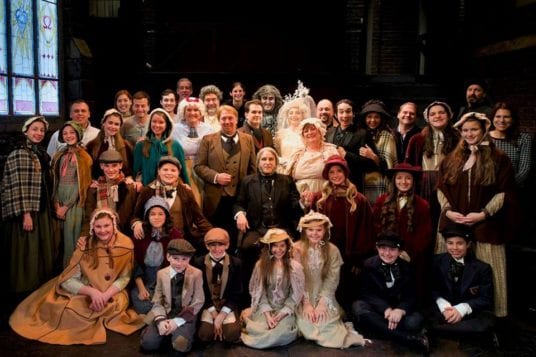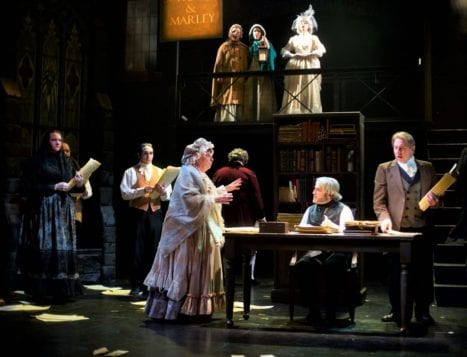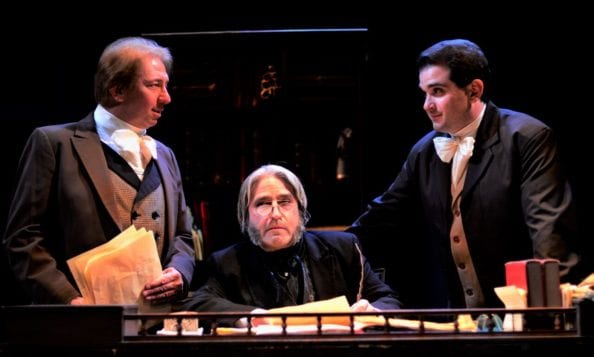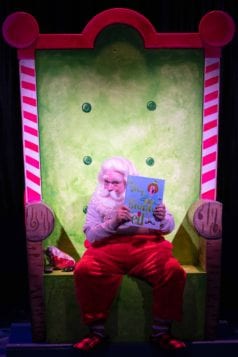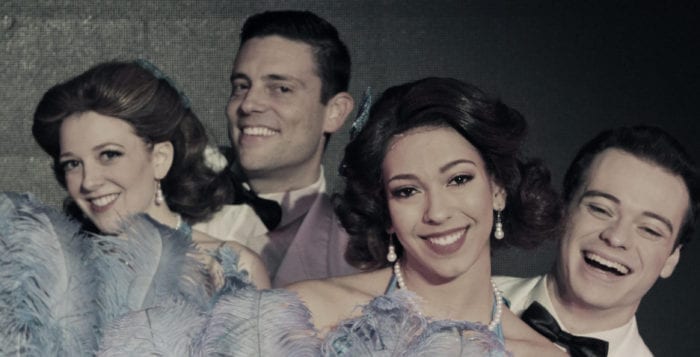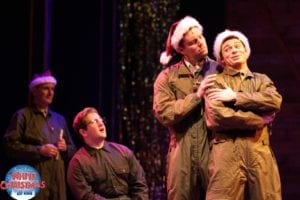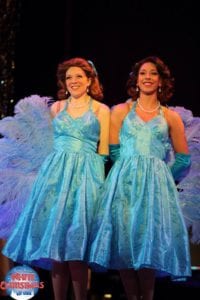By Rita J. Egan
For four decades the Three Village Historical Society has been illuminating the way to the holiday season with its Candlelight House Tour, showcasing historic properties dressed in all their festive finery by a team of local decorators.
On Saturday, Dec. 1, ticket holders can take part in the society’s 40th annual Candlelight House Tour. Titled 40 Years Honoring a Sense of Place, the tour will include five homes in East Setauket, the grist mill at Frank Melville Memorial Park and the historical society’s headquarters on North Country Road.
This year’s tour is the seventh one organized by co-chairs Patty Cain, historical society vice president, and Patty Yantz, a former president. Yantz said the title of the tour is a natural fit for the society that offers various programs that educate residents about former residents and local history, which in turn gives them a sense of place.
“People can come and go, but that history still lives on and is hopefully appreciated by generations to come,” Yantz said.
One of the homes on the tour this year was featured during the first Candlelight House Tour and is owned by the same owner, Eva Glaser. Glaser was one of the first co-chairs of the event and came up with the idea to hold a candlelight tour to raise money for the refurbishment of The Setauket Neighborhood House, where the historical society was initially housed. “It’s a treat to have her home on it,” Cain said.
This year’s tour includes other homes from past tours, mostly from the event’s first decade, and even though the owners have changed, the historical aspect of the houses hasn’t, according to Yantz and Cain.
“Some of these houses are favorites of tour-goers and the community, so they do like to see them again,” Cain said.
Cain said in the past some recently built homes were included on the tour because they were situated on properties of historical significance, but this year all the houses are significant on their own merits. The co-chair said they all date back 100 years or more, and the owners have maintained the unique historical character for each.
Among the spots are one structure that belonged to a sea captain and a beach house that overlooks Conscience Bay. Cain said a Dutch Colonial home that is a familiar sight to locals will also be one of the stops giving ticket holders the opportunity to see what the new owner has done with it.
The theme of each house is different either depending on the décor or the architecture of the home, according to Yantz, and each spot highlights and honors the area.
“Not only do we get to see the houses but sometimes we get a glimmer or concept of who built the house,” she said. “We get the history. We get an idea of who came here before [us], which I think is a wonderful thing in the more of a transient world we live in. Sometimes it’s very nice to be very grounded.”
Cain said she thinks attendees will take away a lot from this year’s event.
“I hope what they get out of the tour this year is to really see a beautiful sampling of the historic homes that we have in the area and can appreciate the fact that each owner has really cherished the fact that it is a historic home, and they have maintained the bones of the house,” Cain said.
The 40th annual Candlelight House Tour will be held on Dec. 1 from 11 a.m. to 4 p.m. (the Nov. 30 evening tour is sold out). Tickets are $50 per person, $45 members. An optional breakfast at the Old Field Club from 8:30 to 10:30 a.m. is available for an additional $20. For more information or to order tickets, call 631-751-3730, email [email protected] or visit www.tvhs.org. Tickets may be picked up at the Three Village Historical Society located at 93 North Country Road, Setauket.
Photos by Rita J. Egan, 2017









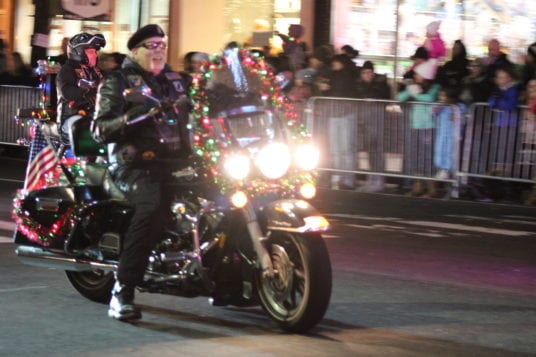






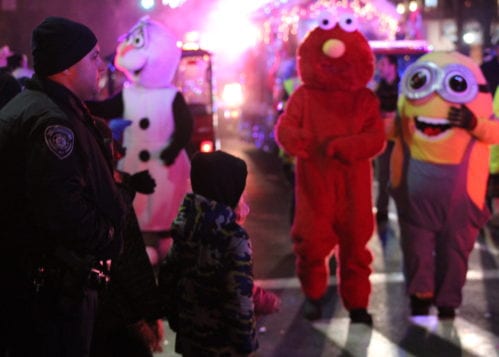
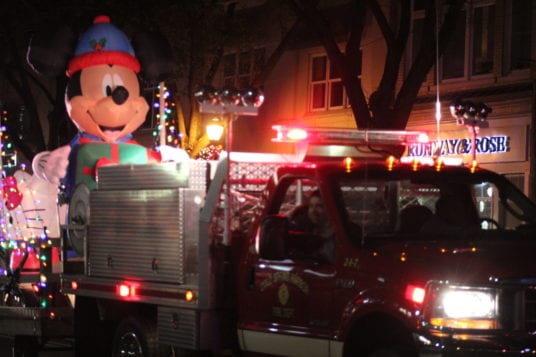
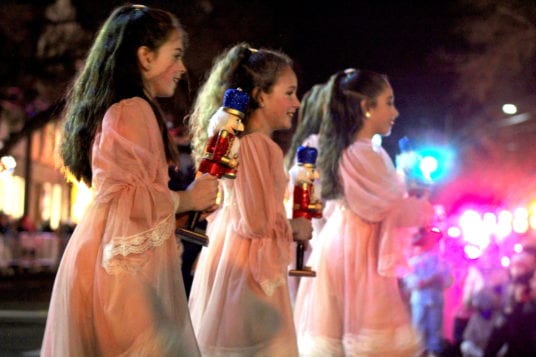
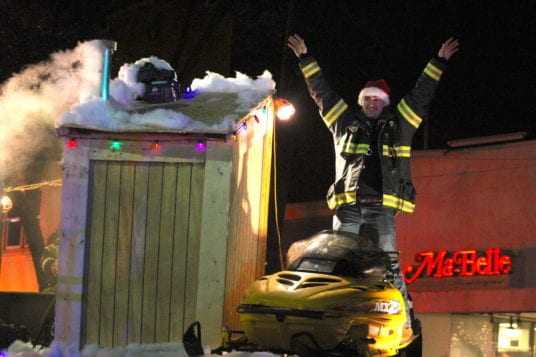
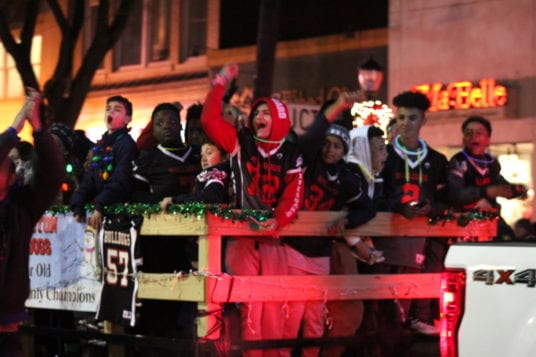
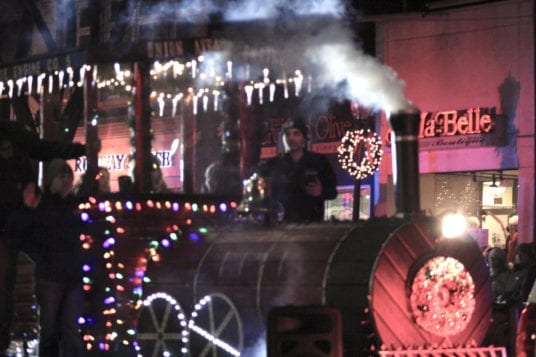
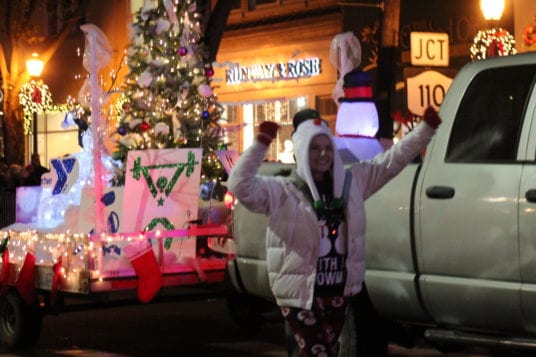



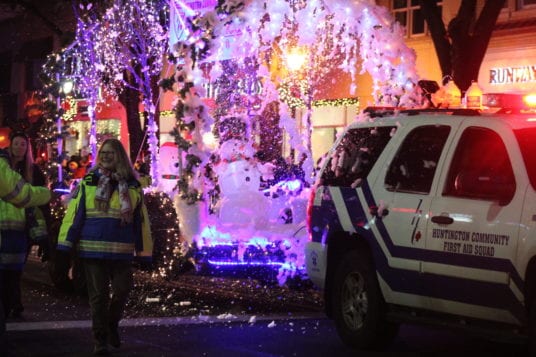



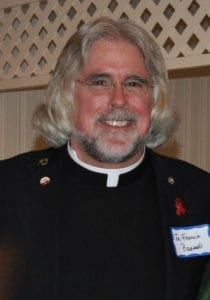

 The holiday season has arrived at the Smithtown Center for the Performing Arts, and while adults can enjoy a performance of “White Christmas,” younger audiences can go see Ken Ludwig’s “Twas the Night Before Christmas.” The adorable show runs through Dec. 30.
The holiday season has arrived at the Smithtown Center for the Performing Arts, and while adults can enjoy a performance of “White Christmas,” younger audiences can go see Ken Ludwig’s “Twas the Night Before Christmas.” The adorable show runs through Dec. 30.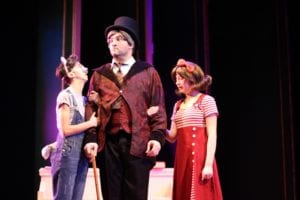 As they lament over their misfortune, an elf named Calliope (Lisa Naso) arrives to investigate. Seems a lot of children were left off the list last year, and Calliope enlists the help of Emily and Amos to prevent this from happening again.
As they lament over their misfortune, an elf named Calliope (Lisa Naso) arrives to investigate. Seems a lot of children were left off the list last year, and Calliope enlists the help of Emily and Amos to prevent this from happening again.